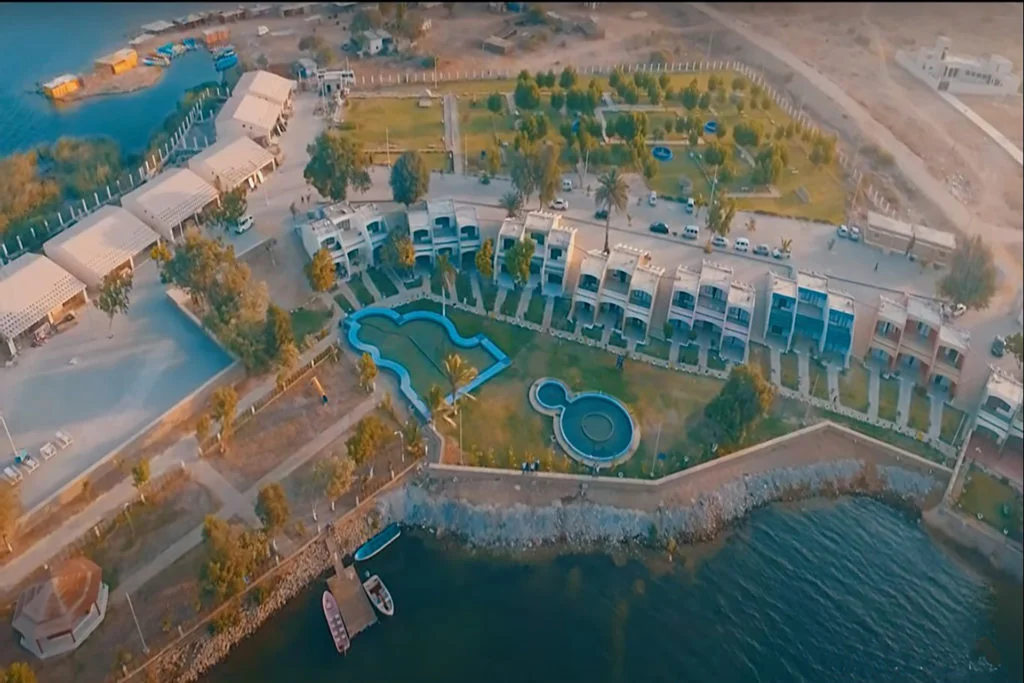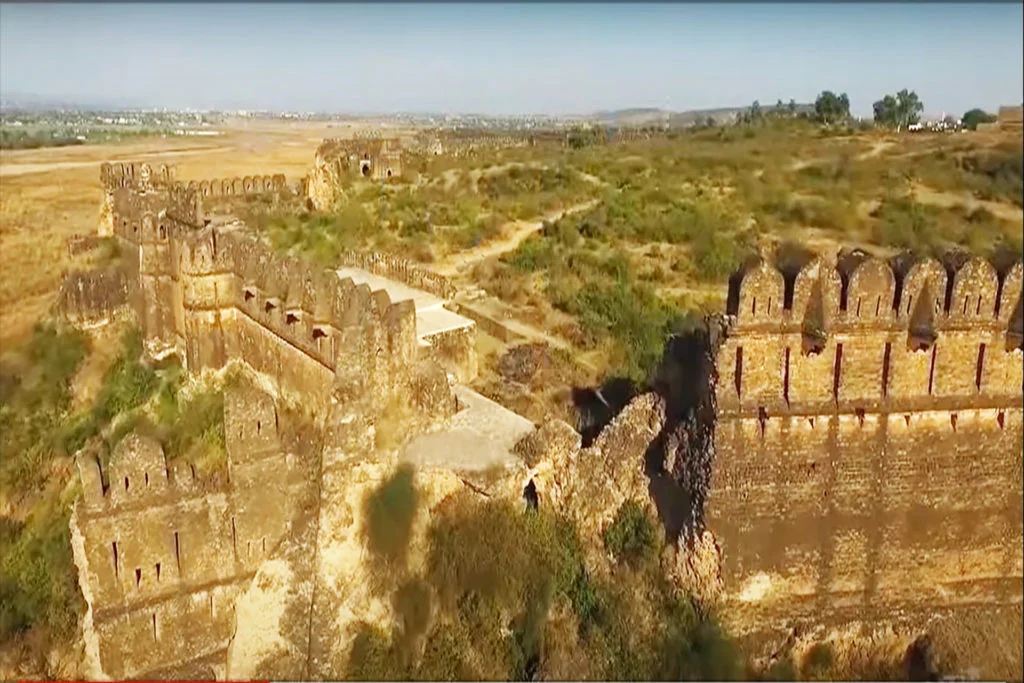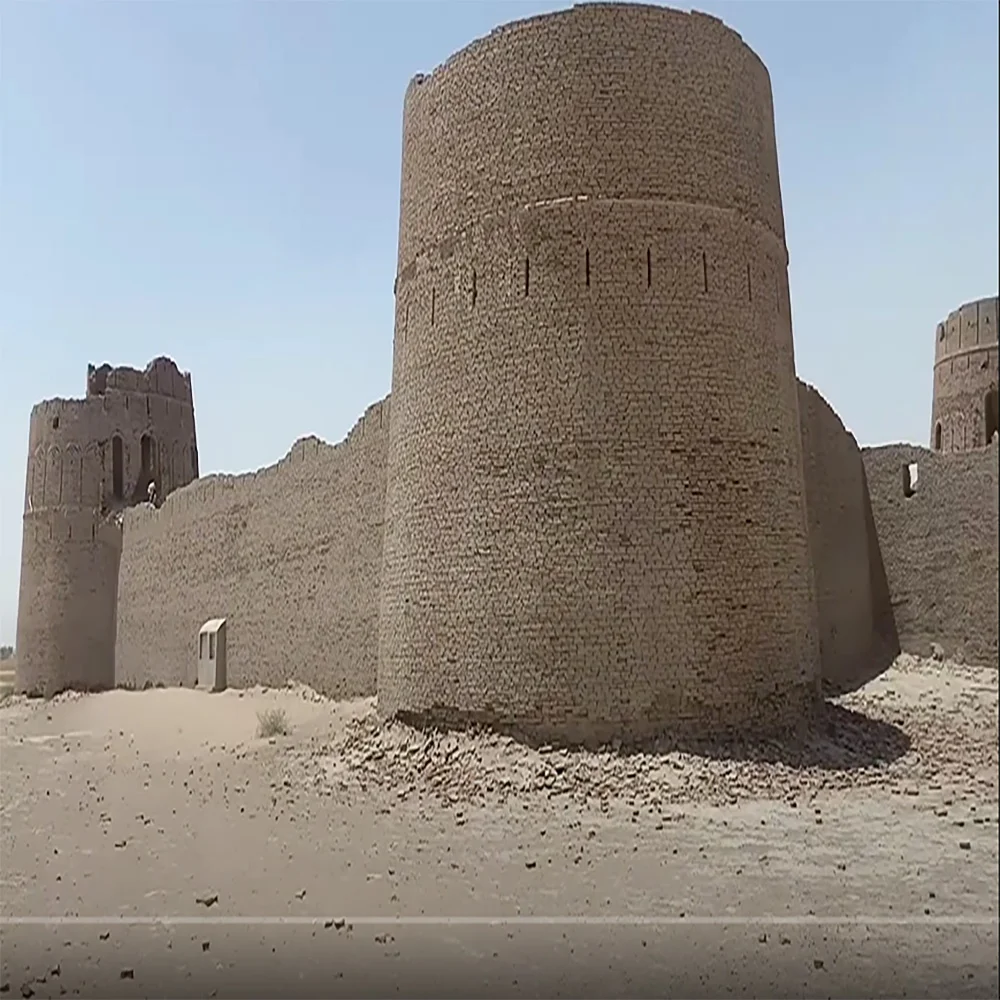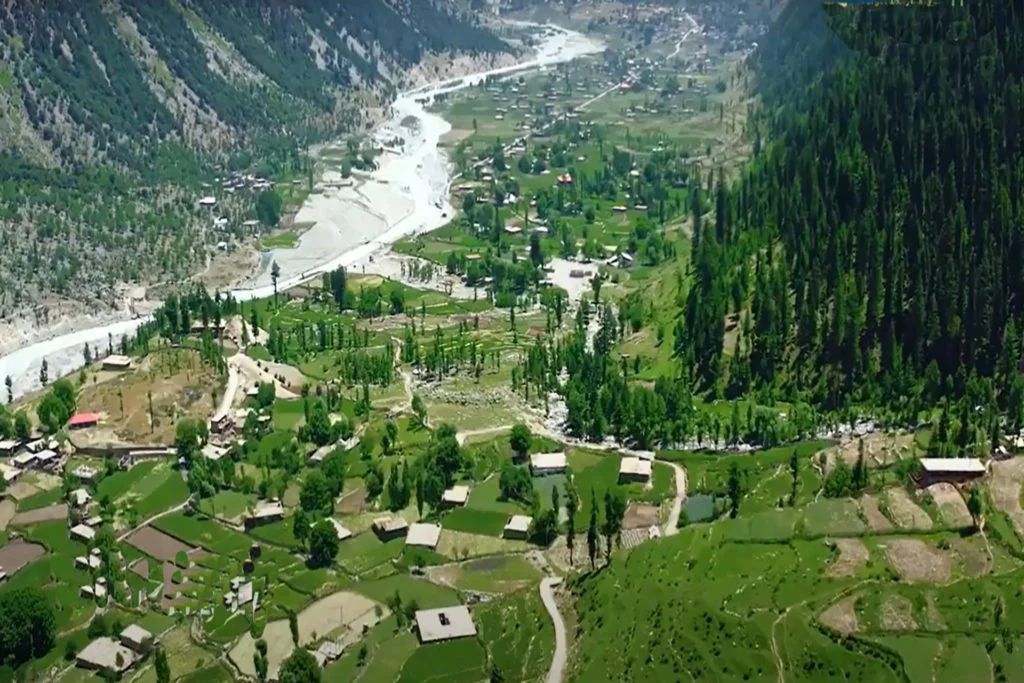Introduction
Abdullah Shah Ghazi, also known as Abdullah al-Ashtar, was a Muslim mystic and Sufi whose shrine is located in the Clifton area of Karachi, in the Sindh province of Pakistan. This sacred site holds immense historical and cultural significance, drawing visitors from diverse backgrounds and faiths. This article delves into the life of Abdullah Shah Ghazi, the history of his shrine, and its place in the hearts of the people of Karachi.
The Life of Abdullah Shah Ghazi
Abdullah Shah Ghazi’s life is shrouded in the mystique of ancient times. Born as Abdullah al-Ashtar, he was the son of Muhammad al-Nafs al-Zakiyya, a descendant of the Islamic prophet Muhammad through his daughter Fatimah. His life journey led him to Sindh, a region rich in cultural and historical diversity. It was here that he married a local woman, settling down and having children.
Sindh and the Revolt
Abdullah Shah Ghazi’s presence in Sindh was not merely a coincidence. His father, Muhammad Nafs al-Zakiyah, had sailed to Sindh around 761 and consulted with the governor, Umar ibn Hafs Hazarmard. Abdullah al-Ashtar, also known as Abdullah Shah Ghazi, stayed in Sindh, with the governor supporting his family’s claim to the Imamate.
Despite the inclination of the governor, who had Shi’ite sympathies, the winds of fate would soon turn. Abdullah Shah Ghazi and his followers, belonging to the Zaydiyah sect, were active supporters of Ahlulbayt and willing to take a militant stance in pursuit of their beliefs. When news of his father’s death reached him, Abdullah Shah Ghazi decided to stay in Sindh.
Abdullah Shah called Ghazi
Abdullah Shah is often referred to as “Ghazi” as a sign of honor and respect. The title “Ghazi” is an Arabic word that means “victorious” or “warrior” and is traditionally used to honor individuals who have achieved victory or distinction in battle, particularly in defense of their faith or homeland. In the context of Sufi saints and historical figures like Abdullah Shah Ghazi, the title “Ghazi” may be used to highlight their spiritual or moral victory over worldly challenges and temptations, their unwavering commitment to their faith, and their status as defenders of Islamic values and principles.
While there may not be specific historical records that directly link Abdullah Shah Ghazi to military conquests or battles, the title “Ghazi” in his case is likely used to emphasize his spiritual or symbolic victory in spreading the message of Sufism and Islam, and his role as a spiritual guide and protector of his followers. Sufi saints often carry titles that reflect their spiritual significance and their contributions to the Islamic faith and its practice.
Martyrdom and Legacy
Abdullah Shah Ghazi’s fate took a tragic turn when his presence in Sindh was deemed compromising for the governor. Rather than taking a decisive stance for or against Abdullah and his followers, the governor suggested that they seek refuge with a powerful prince in Sindh. Abdullah Shah Ghazi accepted the suggestion and resided there for several years.
However, the political landscape changed when a new governor, Hisham ibn Amr al-Taghlibi, replaced the previous one and was tasked with apprehending Abdullah Shah Ghazi. It was his brother, Sufayh, who eventually took on the mission and, in the process, killed Abdullah and many of his companions.
The lineage of Abdullah Shah Ghazi
The lineage of Abdullah Shah Ghazi, also known as Abdullah al-Ashtar, is traditionally traced back to the Islamic prophet Muhammad through his daughter Fatimah. His father, Muhammad al-Nafs al-Zakiyya, is said to have been a descendant of the Prophet Muhammad. The lineage from the Prophet Muhammad is highly revered in Islam, and many Sufi saints and scholars can trace their genealogy back to the Prophet as a sign of spiritual honor and distinction. Abdullah Shah Ghazi’s lineage, rooted in this sacred heritage, adds to his significance as a revered Sufi saint in the Islamic tradition.
The Shrine of Abdullah Shah Ghazi
Abdullah Shah Ghazi’s shrine, perched atop a hill near the coastal area of Clifton in Karachi, holds a special place in the hearts of Karachi’s residents. The shrine is a symbol of the city’s diverse cultural and religious heritage, drawing Muslims, Christians, and Hindus alike. Over the centuries, it has evolved from a humble hut to a grand structure adorned with Sindhi tile work, flags, and a distinctive green-and-white striped dome.
The shrine is a site of devotion, and its annual Urs celebration witnesses the city’s diverse population coming together to pay their respects and seek blessings. While urban myths regarding the shrine’s mystical powers may persist, there’s no denying the spiritual and cultural significance it holds for the people of Karachi.
Abdullah Shah Ghazi’s shrine stands as a testament to the rich tapestry of faith, history, and culture that defines Karachi. It is a place of solace and devotion, where people from various backgrounds find unity in their shared reverence for a revered Sufi saint. The shrine’s survival through challenges and renovations underscores its enduring importance in the lives of Karachi’s residents.







